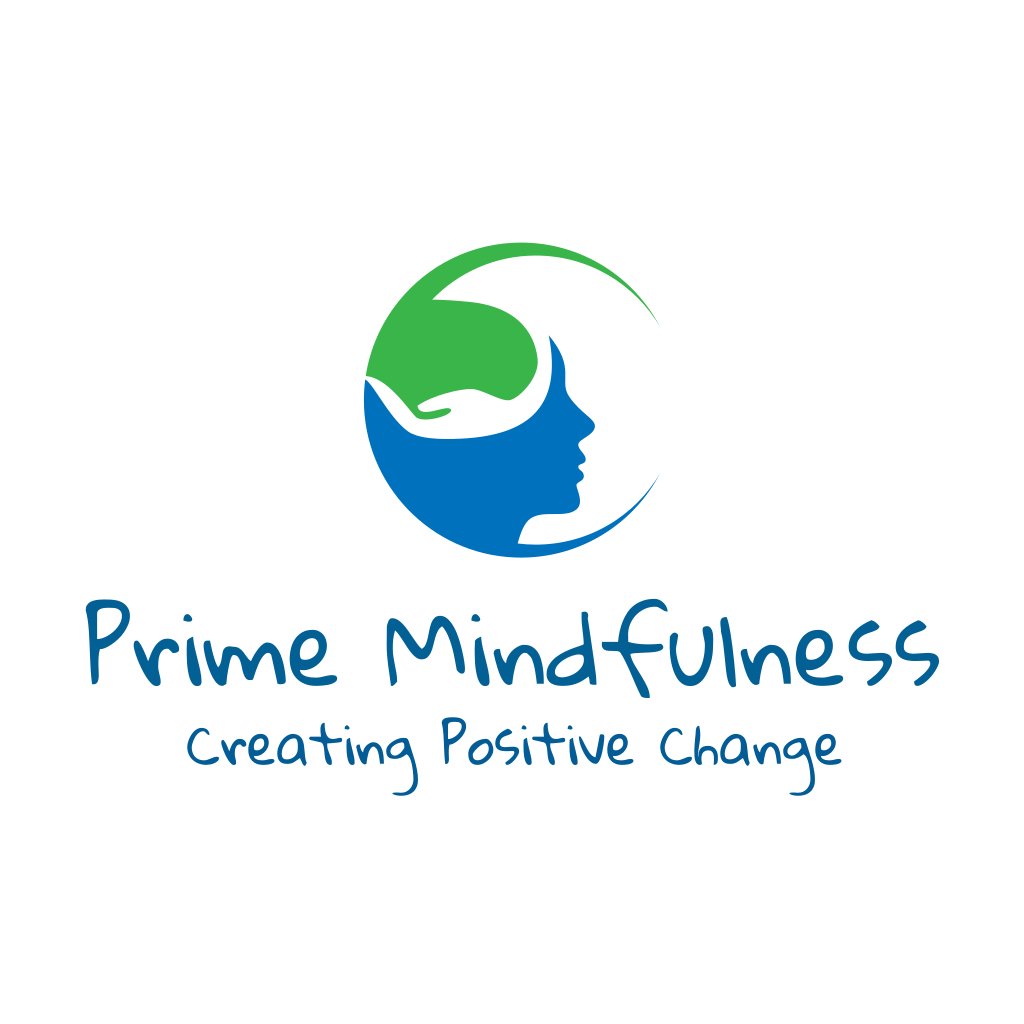Understanding mindfulness
We all spend much of our day on autopilot. Our autopilot mind helps us get on with many of our daily tasks without having to devote any conscious input. This has a positive impact because without it we would get a lot less done as we would have to think about every act and interaction.
There is another part of our autopilot mind that has less positive outcomes.
There are our thoughts
By habit, our mind can interpret situations and interactions in a negative way although it believes it is doing the right thing. Our automatic thoughts can fall in to many categories:
- Worrying
- Criticising
- Judgemental
- Catastrophising
- Obsessionional
- Jumping to conclusions
- Mind reading
- Labelling of self or others
- Mental filtering
Feelings and emotions
Our autopilot mind interprets situations, interactions and general situations in any which way it likes. Depending on the subconscious interaction you may become aware of feelings of:
- Anger
- Emptiness
- Frustration
- Inadequacy
- Low confidence/self esteem
- Helplessness
- Fear
- Guilt
- Loneliness
- Depression
- Overwhelmed
- Resentment
- Failure
- Sadness
- Jealousy
Actions and responses
When we experience any of the above subconscious triggers we will also have our automatic habits of response.These could be:
- Following through with compulsions
- Panic attacks
- Anger responses
- Verbal criticisms
- Hiding away
- Fretting
- Anxious behaviours
- Controlling behaviours
There are so many actions and responses that people may experience, far too many to list here.
The definition of mindfulness is:
‘Paying attention on purpose, in a particular way, in the present moment and non judgmentally’
Whereas traditional therapy involves talking about the problems you experience, mindfulness aims to help you develop an awareness of those moments that have a negative impact and let them pass through.
You will learn how to label:
- a thought as a thought
- a feeling or emotion as just that
- and an urge as an urge
Mindfulness doesn't ask why you think or feel something - its just acknowledges that you do.

Your mindfulness practices will teach you how to be 'in the moment' with a particular exercise and focus intently on the experience.
You will learn how to recognise distractions and bring your awareness back to your mindfulness practice.
When we experience negative thoughts, feelings, emotions and the urges to react to these we do so on autopilot. The goal of this course of practical mindfulness is to help you develop more momentary awareness so you stop being automatically reactive to negative stimuli.
How will this work in practice?
Let's make this simple!
Firstly you will work through the different sessions of mindfulness practice where you will learn how to focus on a chosen object or action and do so intently, deliberately without judgement.
You'll learn to recognise distraction which may be thoughts, bodily sensations or urges to encourage you to come away from your practice.
You will learn to label the distractions and bring your awareness back to your mindfulness practice.
This is for formal practice to learn the skills of being present. As you develop mindful awareness you will begin to learn and recognise how you can apply this in your day to day life.
Thoughts

When thoughts, interpretations, worries, fears come your way, you will be encouraged to observe the thoughts running through your mind.
Observe is the key word
because you it means that you have the skill to let the thoughts pass through without engaging with them.
As an example: the 'leaves on a stream' meditation will help you observe your thoughts as leaves on a stream. In doing so you'll be able to watch your thoughts float down a stream.
Another example: the breath meditations will help you learn how to simply sit with a thought without giving it conscious attention - the though will soon disperse when it receives no attention.
Feelings and emotions

When you experience bodily sensations, feelings and emotions you will learn to recognise what you are experiencing in the present moment. We can label a feeling as a feeling, "I feel tense, stressed, angry, disappointed".
Your mindfulness practices will help you tune in to actual experiences, for example: the raisin meditation helps you experience the raisin with each of your 5 senses. You will notice what the raisin looks like, smells like, sounds like, feels like and its tastes.
You aren't doing anything with your experience - just observe the experience. It will be the same when you feel body sensations, feelings and emotions. You will observe where in your body you feel these and what they feel like.
Your mindfulness practice will help you learn how to be present without being reactive.
So, you notice you feel anxious. The anxiety is present with feelings or sensations in your chest. You tune in to what the feeling feels like - it's like you become curious of the sensations just as if you have never experienced it before.
In conjunction with a breath meditation for example, you allow yourself to be with the feelings and sensations you experience but as an observer. When you become distracted with the feelings of anxiety you would label the experience, notice the feelings of anxiety and where they re and return back to your mindfulness practice.
With the repetition of practice you will train your mind to come off autopilot and not be auto-focused on the anxiety but focused on your mindfulness practice of choice.
We have used anxiety as an example here but will be extremely beneficial for any negative feeling or emotion you may experience.
Urges to react

When we experience thoughts and negative feelings and emotions we can also feel the urge to to be reactive. Sometimes this urge can feel overwhelming.
- We might feel the urge to be angry.
- We might feel the urge to follow an obsession with a compulsion.
- We may feel the onset of fear or panic.
- We may feel we want to shut ourselves away from the feelings of anxiety or focus too intently that you feel anxious thus exacerbating the anxious feelings.
- Stress may make us want to 'explode' due to feelings of being overwhelmed.
When we experience any urge to be reactive we can choose our path. We do not have to obey our autopilot mind - mindfulness practice helps to refocus and reset.
The 'labelling' tool is extremely effective because it takes you off autopilot and brings your awareness to conscious awareness.
When we can label, "I feel stressed. I'm going to have a go at somebody soon", we have the opportunity to take a step back and be less reactive.

Mindfulness is an extremely useful tool to help you be more mindful of your present moment experiences and most importantly how you react.
The fact that you are embarking on mindfulness practice you are doing so for a reason.
Whether you experience thought processes that are unhelpful
Whether you experience stress, anxiety, anger, depression, OCD, panic attacks...
And if you experience urges to be reactive to these
The sessions of mindfulness practice can help you learn the skill to be accepting of your momentary experience and let it pass through simply by choosing to refocus and reset your mind.
Mindfulness doesn't necessarily stop thoughts from occurring. It doesn't necessarily stop feelings and emotions from arising and it doesn't necessarily stop an urge form being present.
What it can do however, is give you the opportunity to stop being automatically reactive to these on autopilot. As discussed, mindfulness helps you learn to be mindfully present and when you choose to be mindfully present you cannot also be reactive on autopilot at the same time.
- So what you are saying is that "I notice the presence of thoughts. I'm going to sit quietly with the thoughts and just be with them. I am going to use my mindfulness practice to experience the thoughts differently and until they choose to pass through".
- "I notice I feel tense in my chest. I will observe what the tenseness feels like and where I feel it. I will choose to use my mindfulness practice to be with the tense feelings until they disperse".
- "I feel the urge to get angry. I'm going to explore the urge and what it feels like. I will use my mindfulness practice until it passes through".
You are being accepting of what is present although you might not like what is present. You are allowing thoughts, feelings and urges to be present and doing so without judgement.
Mindfulness practice will help you develop new and positive experiences so that your autopilot starts to learn and develop new and positive habits of response.
A point to keep in your mind
Mindfulness is not the absolute panacea for improved wellbeing. It is not the cure all. Regular and committed practice is needed to develop mindfulness in your everyday life and you can look forward to the improvement in your wellbeing that it provides.
You can look forward to managing how you experience your thoughts, feelings, emotions and urges in a more positive way but you will need to be mindful of the autopilot mind.
Your autopilot will not initially recognise what you are trying to achieve. It will most definitely try to de-rail you as much as it can.
You goal is to be aware of this and maintain your regular and committed practice.
You will be aiming to create this new habit of being mindful; being accepting of thoughts, feelings, emotions and urges and doing so without judgement.
There will be many times where your autopilot mind will tell you mindfulness is not for you, that you're doing it wrong or it simply won't help.
Your goal is recognise these type of distracting thoughts and remain committed.
Day 1 - the raisin meditation
When you have read this page and the page discussing the autopilot mind, start with the first mindfulness practice, 'the raisin meditation'.



